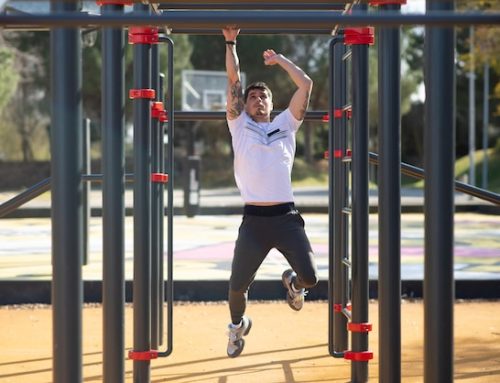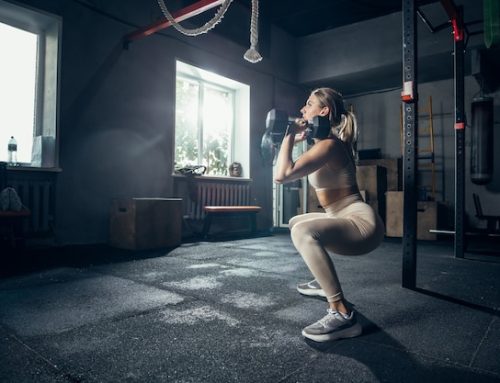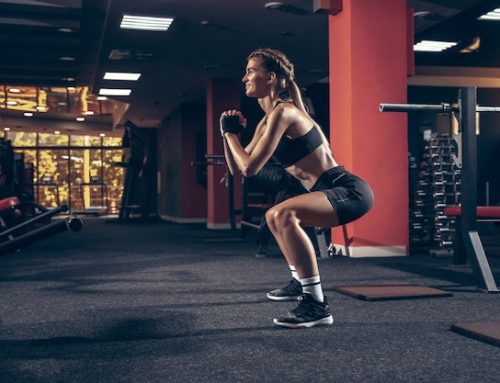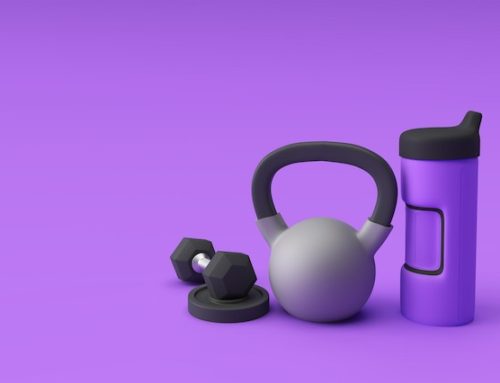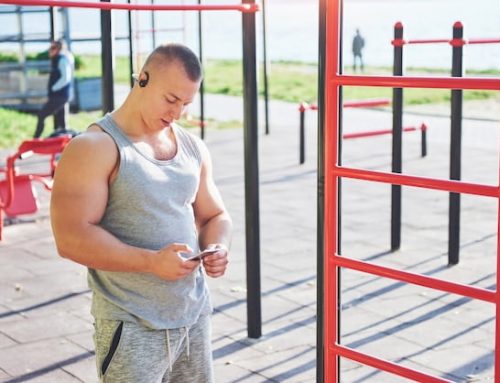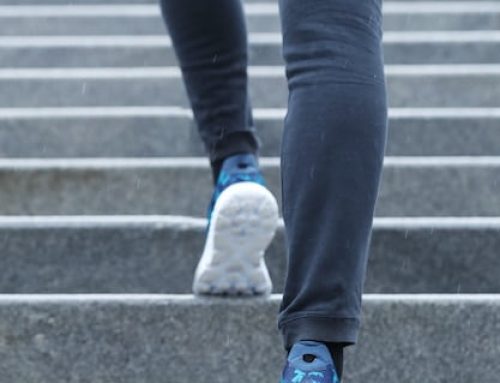The Importance of Height in Calisthenics
Calisthenics is a form of exercise that involves using your own body weight to build strength and muscle. It is a popular form of exercise among athletes and fitness enthusiasts because it requires minimal equipment and can be performed anywhere. However, one of the most common questions that beginners ask is, “what is a good height for calisthenics?”
Height Does Matter in Calisthenics
Height does play a role in calisthenics, as it affects your leverage and range of motion. Taller people generally have longer limbs, which can make certain movements more challenging. For example, a tall person may struggle with the pull-up, as they have to travel a greater distance to reach the bar. On the other hand, a shorter person may find it easier to perform the exercise, as they have less distance to travel.
What is the Ideal Height for Calisthenics?
There is no ideal height for calisthenics, as it depends on your body type and individual strengths and weaknesses. However, as a general rule, people with a moderate height and a balanced ratio of upper and lower body strength may find it easier to perform a variety of calisthenics exercises.
How Height Affects Specific Exercises
Let’s take a look at how height affects some common calisthenics exercises:
| Exercise | How Height Affects It |
|---|---|
| Pull-up | Taller people may struggle with the pull-up, as they have to travel a greater distance to reach the bar. Shorter people may find it easier to perform the exercise. |
| Push-up | Height does not have a significant impact on push-ups, as the exercise mainly involves pushing your body weight up and down. |
| Squat | Taller people may find squats more challenging, as they have to travel a greater distance to squat down. However, they may also have an advantage in exercises that require a greater range of motion, such as the pistol squat. |
How to Overcome Height Limitations
If you are taller or shorter than average, there are ways to overcome the limitations that height may present in calisthenics. Firstly, you can adapt the exercises to suit your body type. For example, if you struggle with pull-ups, you can try using a resistance band to assist you, or switch to a different variation of the exercise, such as the chin-up or inverted row.
Secondly, you can focus on improving your overall strength and flexibility, which can make it easier to perform a variety of exercises. This can be achieved through a combination of strength training, stretching, and mobility work.
Lastly, you can seek guidance from a qualified personal trainer or coach, who can help you to develop a personalized workout program that takes your individual strengths and weaknesses into account.
The Benefits of Calisthenics
Regardless of your height, calisthenics can offer a range of benefits for your physical and mental health. Some of the benefits of calisthenics include:
– Improved strength and muscle tone
– Increased flexibility and mobility
– Better cardiovascular health
– Improved balance and coordination
– Reduced stress and anxiety
– Increased self-confidence
Conclusion
In conclusion, there is no ideal height for calisthenics, as it depends on your body type and individual strengths and weaknesses. However, height does play a role in calisthenics, as it affects your leverage and range of motion. If you are taller or shorter than average, there are ways to overcome the limitations that height may present in calisthenics, such as adapting the exercises to suit your body type, improving your overall strength and flexibility, and seeking guidance from a qualified personal trainer or coach. Regardless of your height, calisthenics can offer a range of benefits for your physical and mental health, and is a great way to stay fit and healthy.

